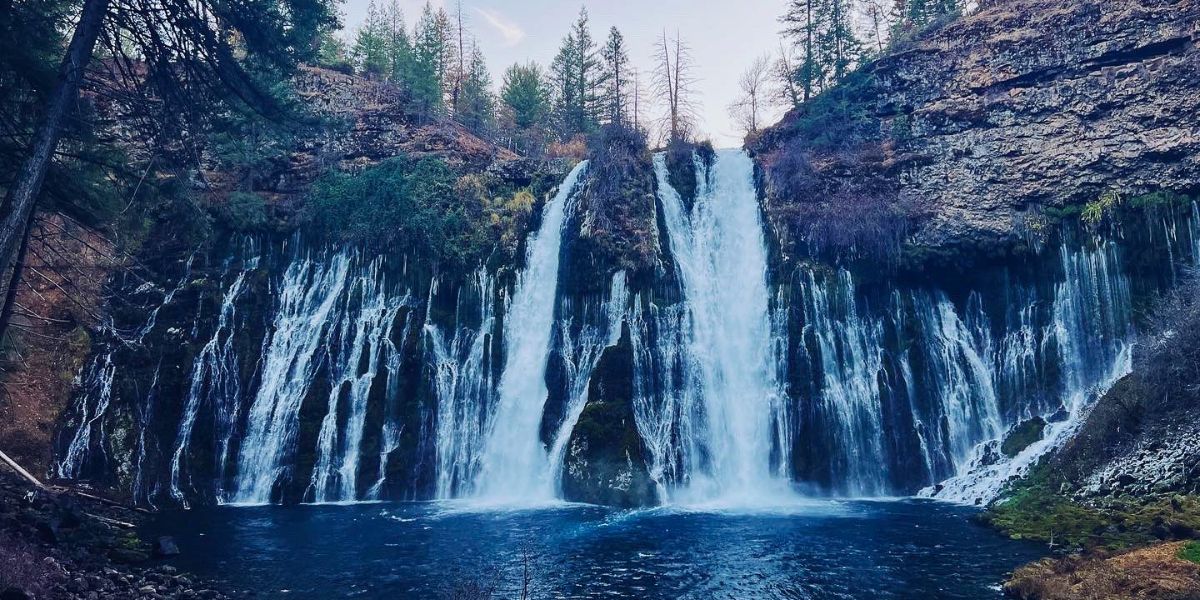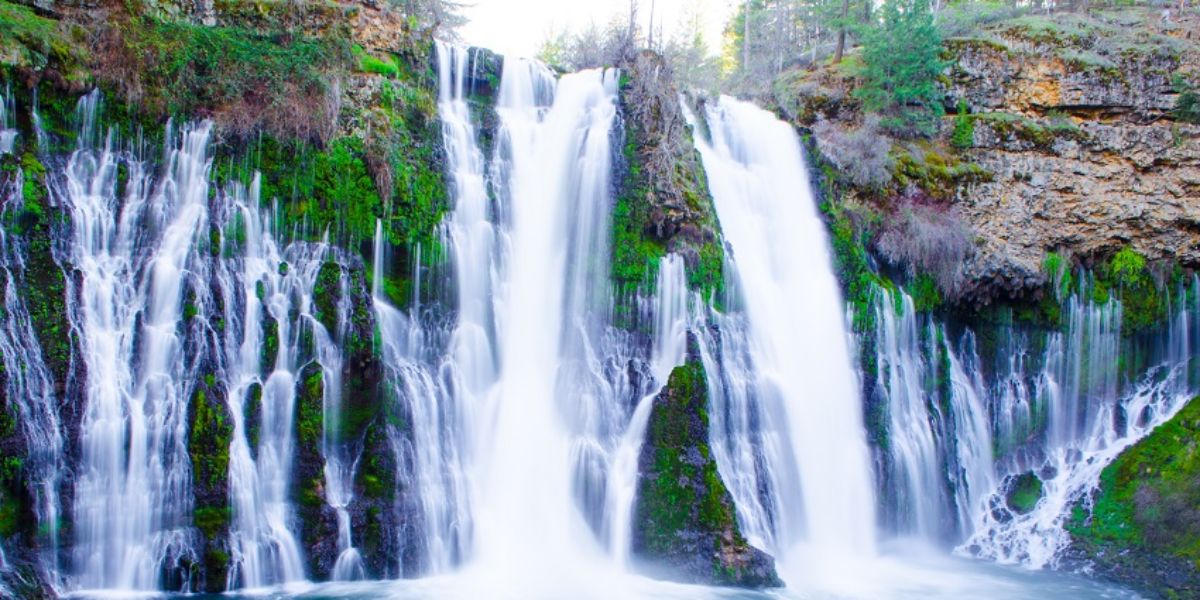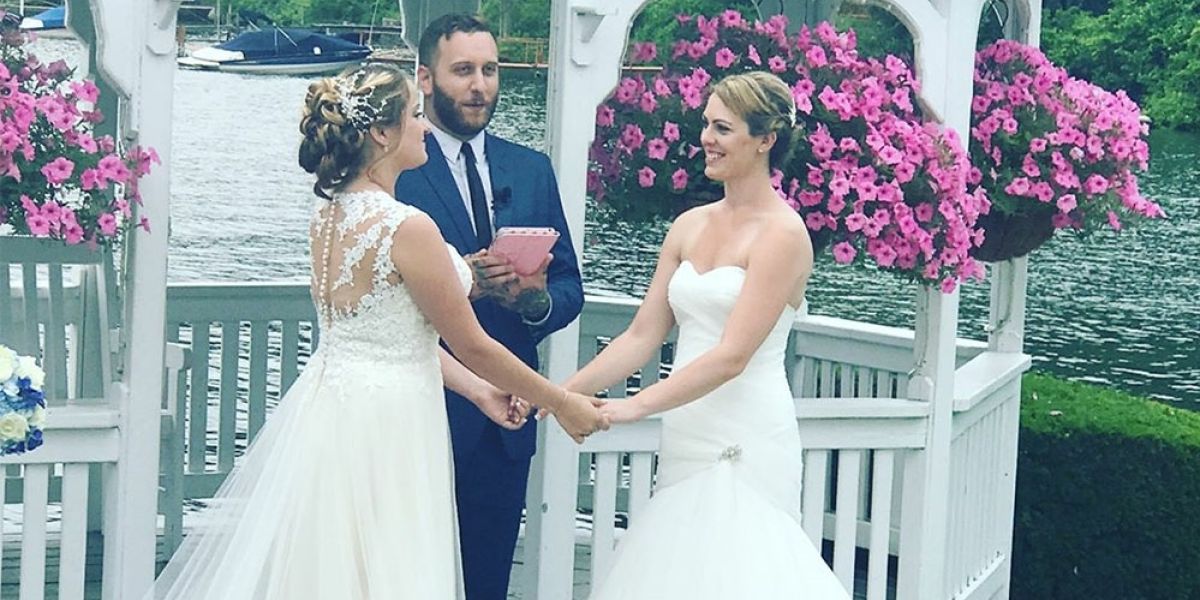Some call McArthur-Burney Falls the most reliable waterfall in California. While that’s impressive, it misses the point. This isn’t just water falling over a cliff – it’s an entire hillside weeping, where springs push through ancient lava beds to create a cascade that’s been flowing since before humans arrived.
Tad overdramatic? Sure. But Theodore Roosevelt didn’t call Burney Falls the “eighth wonder of the world” for nothing.
Misty areas around the falls have their own weather
When you walk near the waterfall, you’ll step into a special zone where it’s 10-15 degrees cooler and almost 90% humidity. This misty area extends about 50 feet from the falls and grows types of moss you won’t find anywhere else in the park. It’s like a tiny weather system that sometimes creates small rainbows in the mist when the sun shines between 10 am and 2 pm.
Most people miss the best view from below
If you keep walking past the main lookout, you’ll find a hidden viewing spot at the bottom of the falls. From just 30 feet away, you’ll hear the full roar of the water – it’s over 90 decibels at peak flow!
The short 0.3-mile path is paved and got a non-slip upgrade in 2023. For photos without crowds, get there before 8 am when morning light makes rainbows in the mist.
Hollywood filmed four famous movies at the falls
When you visit Burney Falls, you’re walking through the same spots used in movies like “Stand By Me” (1986), “Willow” (1988), “Tarzan’s Fight for Life” (1958), and “The Parson and the Outlaw” (1957).

The famous railroad bridge from “Stand By Me” is just 1.2 miles from the main falls on Lake Britton. For “Willow,” they actually removed half the waterfall digitally in some scenes. Director Ron Howard spent 12 days filming here in 1987.
Springs bubble up right through the rock wall
What makes Burney Falls special is that water doesn’t just come over the top. When you look into the pool below, you’ll see water bubbling up from over 40 different springs in the rock wall itself.
These underwater springs make up about 70% of the water flow, with only 30% coming over the top. Scientists think these springs have been flowing non-stop for more than 10,000 years.
Enough water flows to fill 151 Olympic pools every day
Every day, 100 million gallons of water pours from Burney Falls. That’s enough to fill 151 Olympic swimming pools in just 24 hours. The amazing thing is this flow never changes – even during the worst droughts.
The falls push out 4.4 cubic meters of water every second, making them one of North America’s most reliable waterfalls. During California’s severe 2021-2022 drought, Burney Falls kept flowing strong while many other waterfalls in the state dried up completely.
Water turns neon blue at certain times of day
If you visit the falls between 11am and 1pm on sunny days, you’ll see something unusual – the pool at the bottom turns a bright neon blue. This happens because the water has dissolved calcium carbonate that reflects light differently than normal water.
The minerals bend light at exactly 490 nanometers on the color spectrum. You’ll only find this same effect in eight other places worldwide, including Iceland’s Blue Lagoon.
There’s a secret cave behind the waterfall curtain
Behind the waterfall hides a small cave that you can’t visit, but sometimes you can spot it from certain points on the loop trail. It goes about 15 feet into the cliff and formed over thousands of years as water wore away the rock.
The local Pit River Tribe used this hidden space for ceremonies long ago. Park rangers first mapped the cave’s interior in 2018 and found several natural stone basins that collect water droplets.
The falls shape creates amazing sound effects
The curved horseshoe shape of the cliff works like a natural amphitheater around Burney Falls. If you stand at certain marked spots along the viewing area, the sound of falling water seems to surround you completely.
This happens because sound waves bounce off the curved rock walls at just the right angles. The effect is strongest at the central viewing platform, where sound is 40% louder than just 15 feet away.
Park staff built a platform just for stargazing
Though you can’t swim right at the falls, there’s always Lake Britton just a short trail away from Burney Falls. It’s got crystal-clear waters and coves where you can swim, kayak, water ski, fish, and more.
You’re walking on million-year-old lava flows
All the rocks under your feet in the park came from ancient volcanoes. The trails cross black basalt rocks formed by lava flows 1.2 million years ago. This volcanic rock is full of tiny holes, which explains why so much water can flow through underground channels before coming out at the falls.
Look at the cliff face and you’ll see different colored layers – black basalt from recent eruptions on top of light-colored diatomite from an ancient lake bed that existed 2.5 million years ago.







